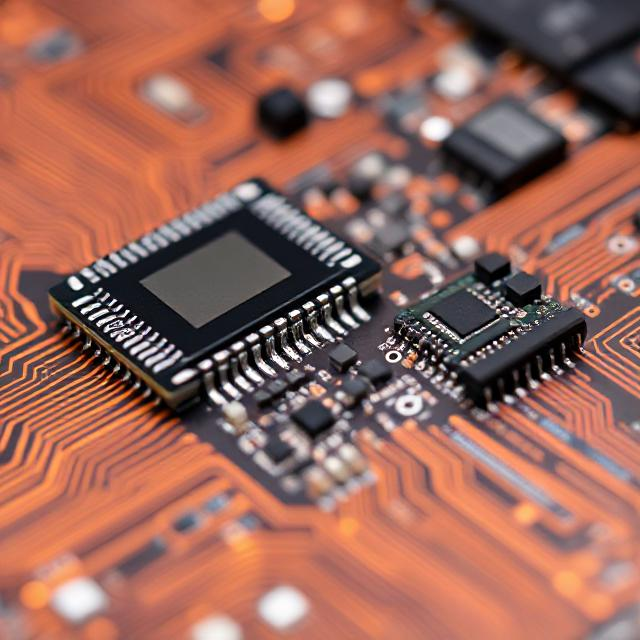Embedded systems are everywhere—smartphones, vehicles, medical devices, and industrial machines all rely on them. These systems combine hardware and software to perform specific tasks. Because they often operate in critical environments, debugging and testing are essential to ensure reliability, safety, and performance. This article outlines simple and practical ways to debug and test embedded systems effectively.

Understanding the Challenge
Debugging and testing embedded systems is more complex than traditional software applications because the code interacts with hardware. Problems can arise from software bugs, hardware faults, or communication issues between them. Moreover, these systems often have limited resources, which makes traditional testing techniques less effective or harder to apply.
Types of Bugs in Embedded Systems
Before debugging, it helps to understand the common issues:
-
Timing Issues: Race conditions, delays, or missed interrupts.
-
Hardware-Software Mismatch: Incompatible driver configurations or incorrect pin assignments.
-
Memory Errors: Stack overflows, memory leaks, or buffer overflows.
-
Communication Errors: Failures in protocols like UART, I2C, SPI.
-
Power Issues: Inadequate supply, sleep modes not functioning correctly.
Simple Techniques for Debugging Embedded Systems
1. Use LED Indicators
One of the simplest methods is using onboard LEDs. For instance, flashing an LED at different rates can help you confirm that the microcontroller is running or stuck in a loop.
2. Serial Communication (UART Debugging)
Sending debug messages through UART to a serial terminal like PuTTY or Tera Term is a common technique. Use printf() statements or logging to display variable values and program flow.
3. Breakpoints and Stepping Through Code
If your development environment supports it (like STM32CubeIDE or MPLAB X), set breakpoints to pause code execution at specific lines. This helps you inspect variable values, check register states, and follow logic paths.
4. Use Watchdog Timers
If your system unexpectedly freezes, a watchdog timer can help reset the system and log failure events.
5. In-Circuit Debugging (JTAG/SWD)
Use hardware tools like JTAG or SWD debuggers to step through code while the system runs. These allow you to inspect internal registers, memory, and system status in real-time.
6. Logic Analyzer or Oscilloscope
These tools help capture signals and diagnose timing or communication issues on physical lines (I2C, SPI, PWM). Ideal for debugging hardware-related problems.
Testing Methods for Embedded Systems
1. Unit Testing
Break the software into small, testable units. Use embedded testing frameworks like Unity or Ceedling to validate functions before full system integration.
2. Integration Testing
Once individual units work, test how modules interact. This includes checking how sensors, actuators, and communication modules respond together.
3. Hardware-in-the-Loop (HIL) Testing
This technique simulates real-world inputs to test how the embedded system reacts. Ideal for automotive, robotics, and industrial applications.
4. Boundary Testing
Push the system to its limits. Test with maximum/minimum inputs, voltage extremes, or load conditions to ensure stability.
5. Automated Testing
If possible, automate testing using scripts and test rigs. This helps catch regressions when code changes.
6. Field Testing
Always conduct real-world testing. Lab tests are helpful but cannot replicate all field conditions such as interference, temperature variation, or mechanical stress.
Best Practices for Debugging and Testing
-
Start Simple: Test each module independently before full integration.
-
Document Everything: Keep notes on bugs, fixes, and test results.
-
Use Version Control: Track changes with Git or other tools to revert to working states.
-
Test Early and Often: Don’t wait until the end—test regularly during development.
-
Simulate When Needed: Use simulators/emulators if hardware is not available early in development.
-
Measure Power Consumption: Use tools like current probes to verify power behavior, especially in battery-powered systems.
Conclusion
Debugging and testing embedded systems may seem challenging, but with the right tools and a step-by-step approach, it becomes manageable and efficient. Start with simple techniques like LED signaling and UART prints, and gradually move to advanced methods like in-circuit debugging and HIL testing. Remember, catching bugs early saves time, cost, and potential failures in the real world.
Summary
-
Embedded systems require specialized debugging and testing due to hardware-software integration.
-
Use simple tools like LEDs and UART for basic debugging.
-
Employ breakpoints, logic analyzers, and JTAG for deeper insights.
-
Apply unit, integration, and HIL testing for robust system validation.
-
Test early, test often, and document every step.
-
Combine simulation and real-world testing for complete system reliability.











